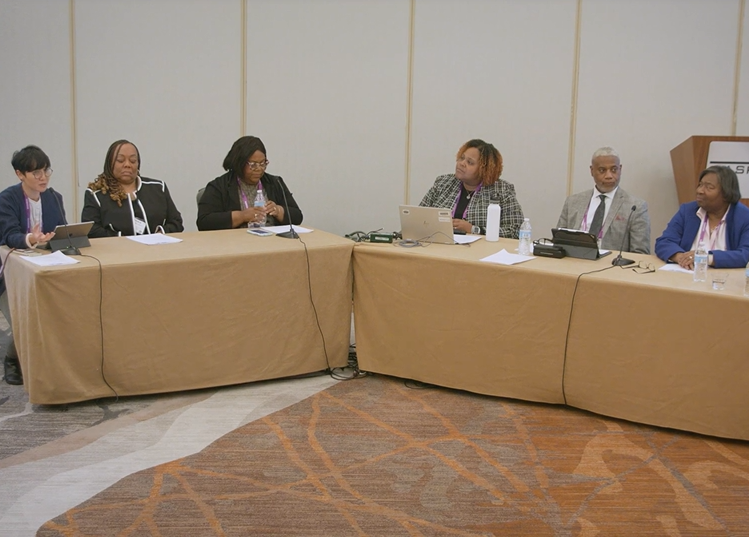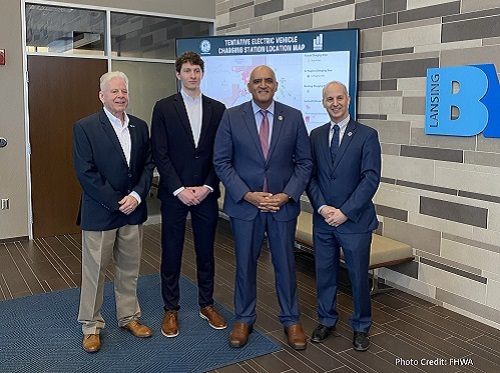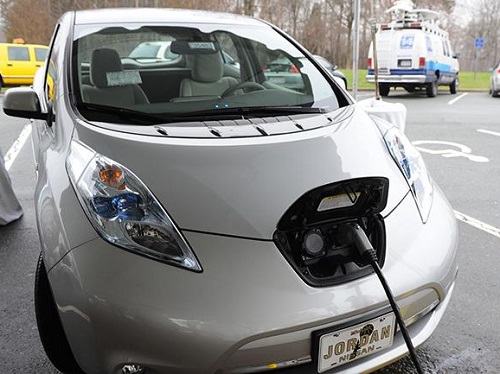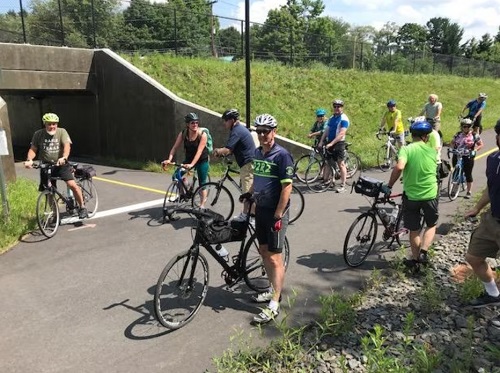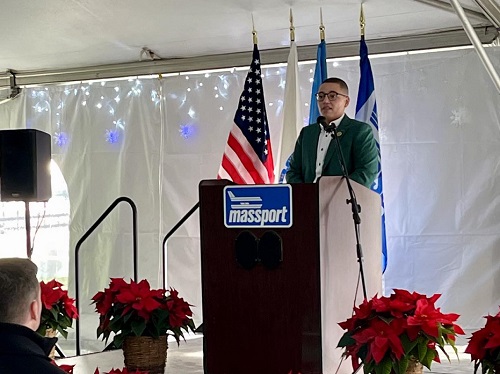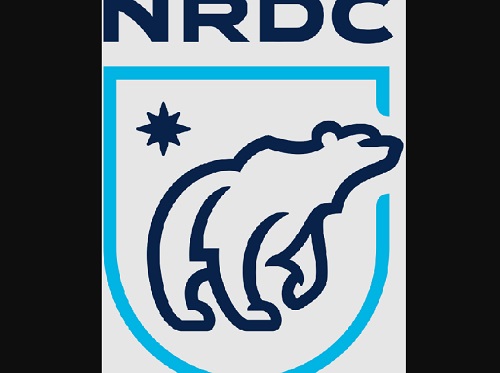The American Association of State Highway and Transportation Officials recently released a video about a knowledge session held at its 2023 Annual Meeting in Indianapolis that detailed ways transportation agencies are working to establish equity more firmly as a core operating principle.
[Above photo by AASHTO]
During that knowledge session, panelists from the Missouri Department of Transportation, Michigan Department of Transportation, Oregon Department of Transportation, Minnesota Department of Transportation, and the Conference of Minority Transportation Officials discussed some of the tools, practices, and processes they used to partner and engage with underserved communities in order to understand their unique values, needs, and priorities.
They also discussed how they applied this knowledge early in the transportation planning process to inform decision-making, particularly related to the equitable allocation of transportation resources.
Tatum Lau, social value practice lead at consulting firm AECOM and the session’s moderator, noted that transportation infrastructure has the power to “uplift communities and improve lives,” so the focus of infrastructure construction going forward should be building a system that benefits everyone.
“Equity is not the destination,” she noted. “The shared outcome is for the transportation system to generate positive results for all citizens.”
Several of those panels also participated in the final episode of a four-part Environmental Technical Assistance Program or ETAP podcast series, which interviews key transportation officials about the ways to make mobility systems across the United States more attractive, equitable, and inclusive for all users. To listen to this episode, click here.
The ETAP podcast – part of a technical service program for state departments of transportation provided by AASHTO – explores a wide array of environmental topics that affect transportation and infrastructure programs.
To listen to the first three episodes in this equity podcast series, click here, here, and here.

